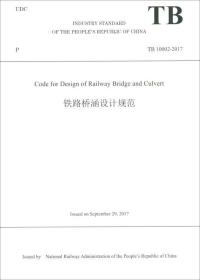
铁路桥涵设计规范(TB10002-2017 英文版)
¥ 500 全新
库存11件
北京通州
认证卖家担保交易快速发货售后保障
作者中华人民共和国国家铁路局 编
出版社中国铁道出版社
出版时间2018-01
版次1
装帧平装
上书时间2024-07-03
- 在售商品 暂无
- 平均发货时间 18小时
- 好评率 暂无
- 店主推荐
- 最新上架
商品详情
- 品相描述:全新
图书标准信息
- 作者 中华人民共和国国家铁路局 编
- 出版社 中国铁道出版社
- 出版时间 2018-01
- 版次 1
- ISBN 9787113234867
- 定价 500.00元
- 装帧 平装
- 开本 16开
- 纸张 胶版纸
- 页数 46页
- 正文语种 英语
- 【内容简介】
-
Since the issuance of Fundamental Code for Design on RaiLway Bridge and Culvert (TB 10002. 1-2005) , China has made remarkable achievements in railway construction, in particular high-speed railway ( HSR) . High-speed railways like Beijing-Shanghai HSR, Beijing-Guangzhou HSR,Zhengzhou-Xi'an HSR and Harbin-Dalian HSR,mixed passenger and freight railways like Yichang-Wanzhou Railway and Taiyuan-Zhongwei-Yinchuan Railway, heavy-haul railways like Central and Southern Shanxi Railway and Mengxi-Huazhong Railway, intercity railways like the Pearl River Delta Intercity Railway and Wuhan Metropolitan Circle Intercity Railway have been completed and opened to traffic,improving the railway network structure and increasing the effective supply of railway transportation services. After more than ten years of exploration and innovation, China has made a historic breakthrough and achieved a momentous leap in the construction technology of railway bridges, reaching the world's high level. A number of deep-water and long-span bridges,complex bridges,and bridges in special geological conditions,such as Nanjing Dashengguan Yangtze River Bridge and Wuhan Tianxingzhou Yangtze River Bridge,have been completed successfully and the complete sets of large-tonnage box beam technology researched and developed independently by China have been widely used9 accumulating rich experience and laying a solid foundation for further improving the technical standards of railway bridge.
This Code is prepared according to the requirements of establishing the railway engineering and construction standard system of National Railway Administration and based on the revision of Fundamental Code for Design of Railway Bridge and Culvert (TB 10002.1-2005), by summarizing the experience and scientific research results in the construction and operation of bridges and culverts of Fugh-speed railways, interaty railways,mixed passenger and freight railways and heavy-haul railways in China, with a view to meeting the demand for the construction and development,unifying the design standards,improving the design level and ensuring the safety and quality of railway bridges and culverts.
In this Code, the principleof safety first is implemented and the technical requirements for quality safety, resource conservation9 environmental protection, risk prevention, and disaster prevention and mitigation are strengthened.The main design criteria for railway bridges for different services and different speed levels are determined rationally in consideration of the national situation, the economic and social development level and environmental conditions of China,further improving the scientificity and technical and economic rationality in terms of bridge and culvert design.
This Code consists of 5 chapters,namely General Provisions,Terms and Symbols,Layout of Bridge and Culvert,Design Loads and Design of Bridge and Culvert,and 5 appendices. - 【目录】
-
1 General Provisions
2 Terms and Symbols
2.1 Terms
2.2 Symbols
3 Layout of Bridge and Culvert
3.1 General Requirements
3.2 Aperture of Bridge and Culvert
3.3 Structure of Bridge and Culvert
3.4 Bridge Approach and Tracks on the Bridge
3.5 Deck Layout and Ancillary Facilities
3.6 Maintenance and Repair Facilities
3.7 Structural Design and Safety Protection of Crossing Railway Bridge
3.8 Bridge Structure of Elevated Station
3.9 System Interface Design
4 Design Loads
4.1 Load Classification and Combination
4.2 Dead Loads
4.3 Live Loads
4.4 Other Loads
4.5 Service Passageway Loads and Railing Loads
4.6 Construction Loads
5 Design of Bridge and Culvert
5.1 General Requirements
5.2 Beam Bridge
5.3 Arch Bridge
5.4 Pierand Abutment
5.5 Culvert
5.6 Jacking Bridge and Culvert
Appendix A Active Earth Pressure Calculation
Appendix B Static Earth Pressure Calculation
Appendix C Distribution Diagram of Reference Wind Pressure in China
Appendix D Illustration of Calculating Temperature of Rectangular Section Members of Reinforced Concrete, Concrete and Stone Masonry
Appendix E.1 Average Air Temperature (oC) in January in China
Appendix E.2 Average Air Temperature (oC) in July in China
Words Used for Different Degrees of Strictness
点击展开
点击收起
— 没有更多了 —


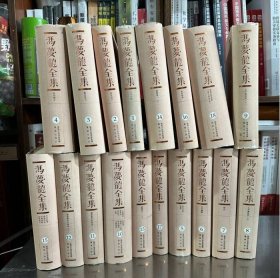
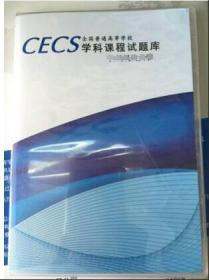


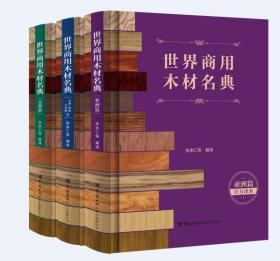


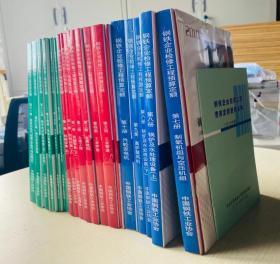


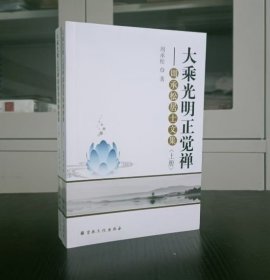







以下为对购买帮助不大的评价